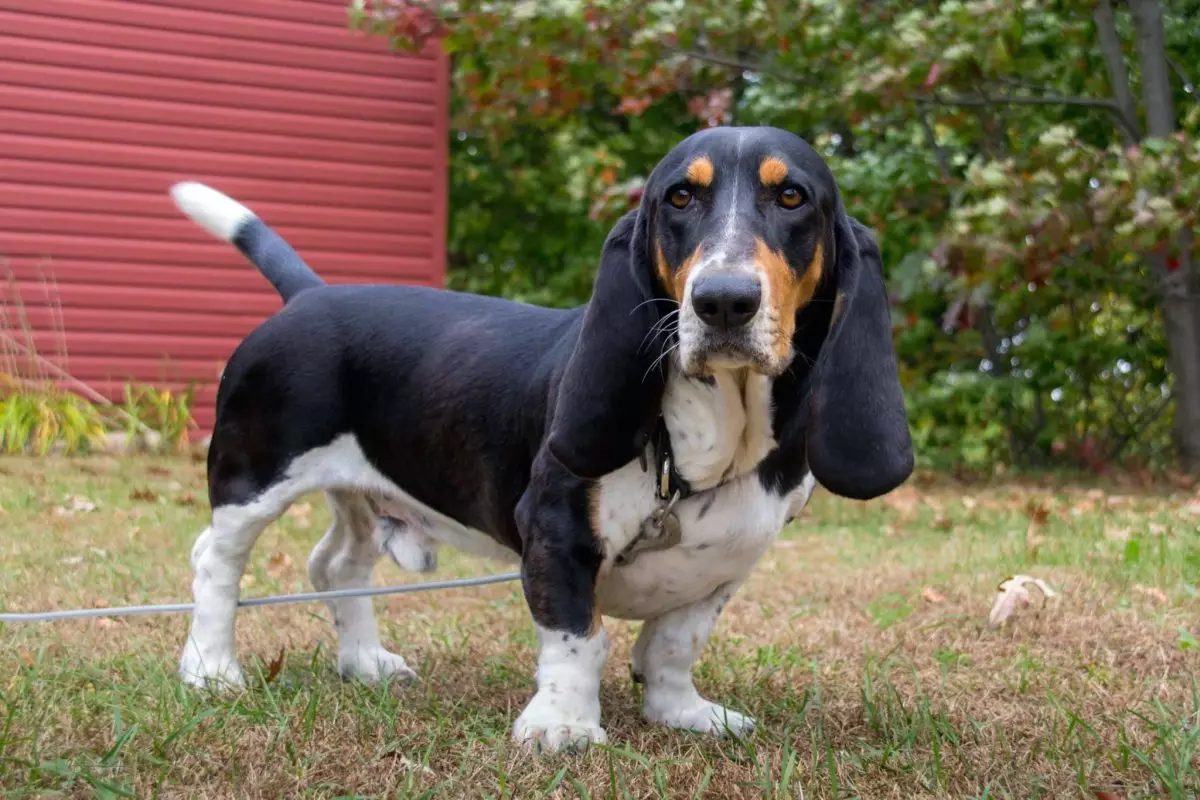The spine is an intricate marvel of biology that plays a vital role in a dog’s overall health and mobility. Far from being just an assembly of bones, the canine spine is a complex system that enables movement, posture, and even emotional expression. When dog owners think about supporting their pets, they often focus on diet or exercise, overlooking the pivotal role that spinal health plays in their beloved companions’ quality of life. Understanding the anatomy and function of your dog’s spine not only enriches your bond with them but also empowers you to recognize signs of distress that could indicate potential issues.
Understanding the Spine’s Structure
A dog’s spine is a fascinating structure comprised of multiple vertebrae categorized into distinct regions: cervical, thoracic, lumbar, sacral, and caudal. These sections work cohesively to support physical activities while safeguarding the spinal cord — a critical communication pathway between the dog’s brain and the rest of its body. The cervical vertebrae, for instance, may be relatively small and designed for extensive head movement, enabling your dog to sniff out their environment or engage in playful antics. On the other hand, the thoracic vertebrae provide stability and enable the ribs to anchor, protecting the chest and vital organs. Each vertebra is uniquely shaped and functions like a piece of a puzzle, perfectly fitted to address different needs and movements.
The lumbar section, which comprises the lower back vertebrae, is particularly noteworthy. It is geared toward resilience and flexibility, crucial for activities such as jumping, running, or twisting. It is here that strength meets motion, allowing your dog to chase after toys or navigate complex terrains. Meanwhile, the caudal vertebrae form the tail, an important aspect of balance and communication that physically represents a dog’s mood—wagging in excitement or drooping in distress.
The Spinal Cord: The Lifeline of Communication
Nestled within the vertebral column is the spinal cord, a bundle of nerves essential for transmitting signals between the brain and various body parts. Think of it as the central information highway; any disruption here can lead to serious issues that impair mobility and functionality. This remarkable organ is protected by a series of membranes and cerebrospinal fluid, yet it remains vulnerable. Issues such as trauma or disease can compromise both the spinal cord and the interconnected nerves extending through it, leading to debilitating conditions like paralysis, pain, or other neurological deficits.
The nerve pathways serve multiple functions: they’re responsible for motor commands that direct muscles to move, sensory feedback that allows for the perception of pain or temperature, and autonomic control that oversees involuntary bodily functions like digestion. When any part of this system faces damage or degeneration—common among older or active dogs—it could lead not only to physical limitations but also to emotional distress for both the dog and their owner.
Movement: The Joy of a Healthy Spine
A healthy spine allows dogs to truly experience the joy of movement. Each twist, turn, and bound is a dance of anatomical precision. Shock-absorbing intervertebral discs help maintain flexibility and prevent the bones from grinding, allowing dogs to leap, sprint, and play with ease. Injuries to this delicate system, such as herniated discs, can put a damper on their activity and lead to chronic pain. It’s vital for dog owners to understand how frail the spine can be, especially in breeds known for their longer backs, like Dachshunds.
Dogs, much like us, utilize their spine and core strength for balance and posture. The positioning of their body — how they sit, stand, and walk — can reveal crucial information regarding their spinal health. Observing these behaviors can become a diagnostic tool for early intervention, promoting proactive care.
Spinal Health Across Life Stages
Spinal health considerations change across a dog’s life journey. In puppies, rapid skeletal growth, along with the risk of injuries, places them at risk for developing spinal issues. For adult dogs, particularly working breeds with rigorous physical demands, injuries from wear and tear can occur, highlighting the necessity for regular veterinary assessments. As dogs age, the likelihood of spinal degeneration increases, making it essential for owners to remain vigilant about changes in mobility or behavior.
Maintaining a dog’s spinal health is a multifaceted approach: advocating for weight management, promoting safe physical activities, and arranging routine check-ups can make a world of difference. Specialized tools, such as ramps for easier access and therapeutic treatments like physiotherapy, can be life-changing for breeds vulnerable to spinal concerns.
Ultimately, your dog’s spine is not merely a structural element; it underpins their entire existence, providing a sense of balance, freedom, and joy. By fostering an understanding of their spinal health, you become their best advocate, ensuring that every wag of the tail symbolizes happiness and vitality. Tailored care leads to fewer limitations, translating into a well-rounded, vibrant life for your furry companion.

